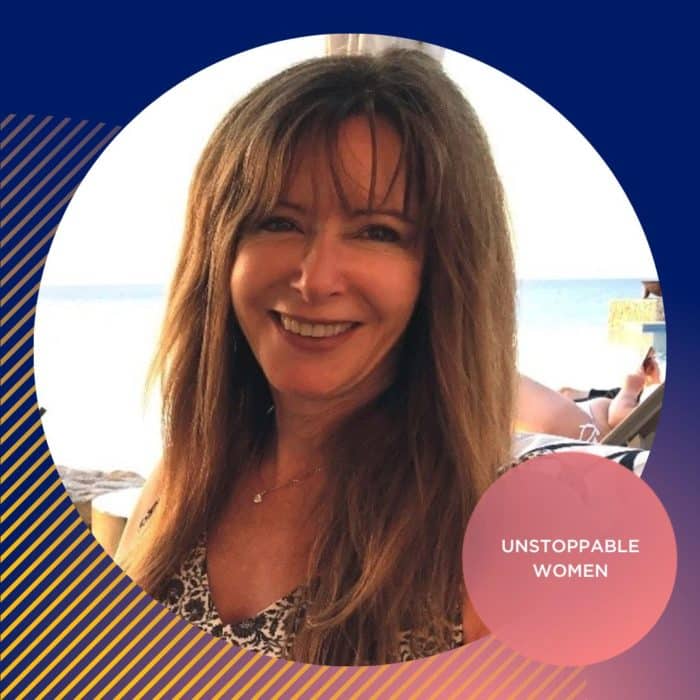1. Can you please explain your career journey to date?
I started out wanting to be a weather forecaster with the intention of studying at Melbourne University, which was convenient to where I lived. Despite our Strathcona Careers Officer urging us to ‘Read the course codes carefully because every year someone gets it wrong!’ I managed to get myself accepted in to UMET – University of Melbourne, Meteorology, Right? …. Wrong! University of Melbourne, Metallurgy! And I hadn’t even done chemistry in HSC! (My subjects were English, General Maths, Geography, Biology and Physics). Unable to right the wrong for the 1980 university intake I was encouraged to take my second preference, Science at Monash, and apply for a transfer to Melbourne in year 2. Halfway through term 1 at Monash, the head of the Applied Maths department asked me what I wanted to do in my career. When I said weather forecasting, he told me I was in the right place because meteorology was an applied maths subject and didn’t start until 3rd year when students had a strong enough basis in mathematics. Serendipity? In any event, I stayed at Monash.
After completing B.Sci. (Hons) in Applied Mathematics in 1983, I was offered a job at the Bureau of Meteorology but was also offered a scholarship to stay at Uni and commence a Masters, which I elected to do and later transferred to a Ph. D. In the later years of my Ph. D. (1988-1990), I went parttime as a student and worked at the Bureau of Meteorology fulltime as a computer science officer, working on their operational weather forecast model and adapting it to run over Antarctica.
Just before I completed my Ph.D. in 1990, I had lined up a Post-doctoral scholarship at Penn State University in Pennsylvania in the U.S. I was also offered a job in the Climate Impacts Group at CSIRO’s then Atmospheric Research Division in Aspendale, Melbourne. Preferring to both have and eat my cake, I managed to work for CSIRO for 7 months during which time I also completed and submitted my Ph.D., then did a 1 year stint at Penn State (1991—1992) as a Post Doc and then came back to my fulltime job at CSIRO, where I’ve been ever since.
I now lead the High-Resolution Climate, Ocean and Extremes Modelling group in the Climate Science Centre in CSIRO’s Ocean and Atmosphere Business Unit. My work deals with how climate change is affecting severe weather and coastal extreme sea levels in Australia and the Pacific. This work assists local government manage and adapt to climate change.
2. What core attributes do you need for your chosen career?
Mathematics, Programming (which I learned as a unit in Applied Mathematics at Uni back in the day), Physics, English, Geography. Also, learning how to Touch Type in years 9 and 10 at Strathcona has been invaluable all my career because I use it every day in both the programming and report writing I do.
3. What advice would you give someone looking to start in your industry?
Mathematics and an ability to code was very important for starting out in my career. However, English is also very important. As a scientist we have to write peer-reviewed papers. Therefore, being able to write well and express ideas enables you to advance through your career more successfully. But also we look for people who are well rounded, who can work both independently and also in teams. Being a lateral thinker, a good communicator and someone who works well and builds trust with others is important as well as being talented in your field of expertise.
4. What are some of the challenges women in STEM face?
A lack of self-confidence in what has traditionally been a male-dominated field. Also, it can be hard to get a foot hold in the field. I have been very fortunate to have been in CSIRO for my entire career. However, job insecurity, lack of tenure, particularly within the university system, difficulty to stay competitive with male peers, when women also tend to shoulder the burden of raising families or take time out to have families and struggle to build momentum in their careers again are all issues that women face.
5. What can we do to help promote working in STEM to women?
I think that hearing from women working in different STEM careers helps to make it real for women. Helping to building self-confidence in girls is important as well. It is not just excellence in a single discipline but also learning to think laterally and bring together a range of experiences and learnings into your thinking and problem solving. Teamwork, working with and learning from a diverse range of people from different backgrounds, being willing to listen and being inclusive of others are important skills.
I’m not sure if Strathcona does a Year 10 work experience week but in my group in CSIRO, we take a couple of small groups of interested year 10 students each year for a week who come and help us with some work (often digitizing and graphing data) plus, during the week we take them on tours of the labs and have a range of scientists talk to them about the work they do. The feedback we get from these students is always very positive

